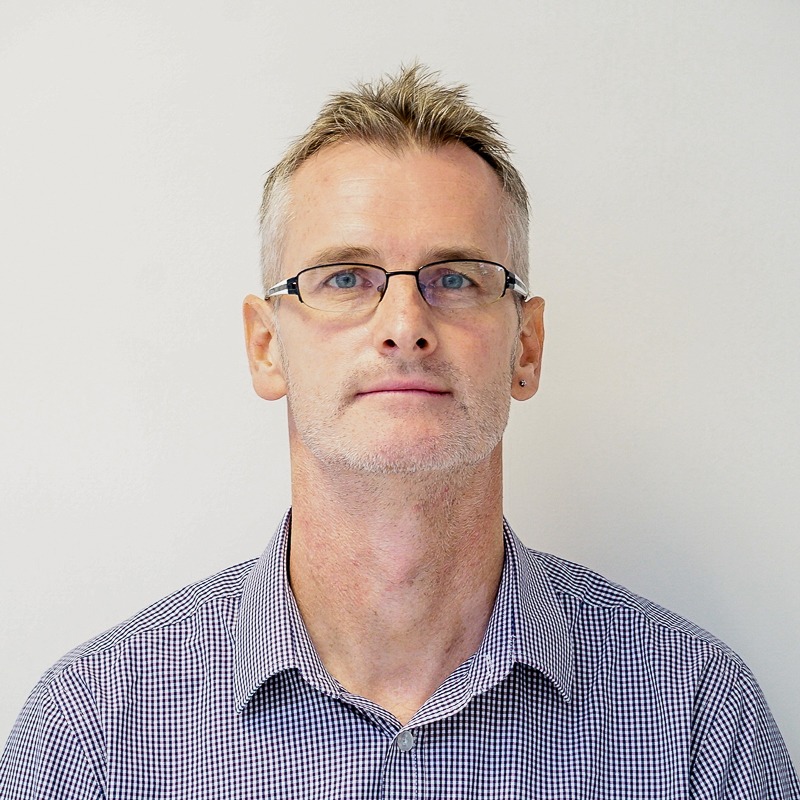SA needs spectrum to lead continent on 5G – MTN
South Africa must lead the continent when it comes to 5G and fuel the digital revolution, but it needs spectrum to be able to do so.
This is according to Godfrey Motsa, CEO of MTN South Africa, speaking during a virtual launch of the company’s 5G network on 30 June 2020.
The launch comes on the back of government’s allocation of temporary spectrum, but is also the culmination of extensive 5G trials and testing.
“For the past two years we have been actively innovating around the potential of 5G, using different bands and various vendors and across different platforms and devices, to ensure MTN South Africa can maintain leadership in 5G, as we have been able to maintain our leadership in 4G,” said MTN SA Chief Technology and Information Officer, Giovanni Chiarelli.
“Our 5G strategy has been years in the making and we are confident that we have built a strong foundation to grow and support our 5G ecosystem to deliver an exceptional experience for our customers.”
One of the key innovations driving the broad rollout by MTN has been a strategic approach to Dynamic Spectrum Sharing (DSS), as these deployments overcome the challenges of lack of dedicated 5G spectrum.
MTN will deliver 5G connectivity on four different spectral bands:
• 3.5 GHz at 58 sites: “This is the ideal spectrum band for 5G, known as the “Golden Band” which offers a truly world-class 5G experience with both faster speeds and low latencies,” said MTN. The operator has deployed sites in the 3.5 GHz band in Johannesburg, Cape Town and Bloemfontein.
• 2100MHz and 1800MHz at 35 sites: “MTN SA is introducing the re-farming of some 4G spectrum to allow us to run 4G and 5G spectrum, at the same time, in the same band. This allows for easier migration of network technology from LTE to 5G. It also allows us to deploy 5G using existing spectrum assets in the absence of additional high demand spectrum.”MTN has deployed 5G sites on 2100MHz in Johannesburg and Port Elizabeth.
• 700MHz at 5 sites: MTN added: “This is an excellent band for extensive coverage, making it ideal for use for urban indoor settings and for small towns and rural coverage due to the low band frequency propagation.” Small towns now covered by MTN 5G using the 700MHz include Port Alfred, Hopetown, Virginia Queenstown and Tsantsabane.
• 28GHz at 3 sites: “This high frequency bandwidth, offers great speeds, making this ideal for Fixed Wireless Access 5G connectivity.” This solution has been deployed in Hatfield (Pretoria), Edenvale and Durban.
According to MTN, the technology will unlock the full capabilities of next generation services such as virtual and augmented reality, ultra-high definition video streaming, artificial intelligence, robotics, automated cars, and the Internet of Things (IOT).
If the necessary spectrum and Capex is made available, the company’s intention is to extend the network and coverage to 10 million people within 12 months.
The objective is also to make an impression on Africa and MTN SA believes 5G technology, which it claims represents an improvement on 4G in terms of speed, capacity and latency, will address challenges including limited infrastructure resources, mobility and reliable networks.
Wanda Matandela, Chief Enterprise Officer, MTN SA, said that for Africa, there are opportunities for the technology to address requirements in key sectors, including healthcare and education.
Matandela said in the future, 5G technology could facilitate exclusively online curricula and that the idea is to link up facilities with limited resources, in rural areas for example, to other available resources and experts, so that everyone has access.
Motsa added: “Today, from MTN’s birthplace of South Africa, we are stepping up our digital revolution with the next generation of telecommunication technology, demonstrating to all South Africans that 5G is no longer just an idea – it is here, it works and it has the capacity to bring about exponential improvements to our economy, and to the lives of the people we serve.”
